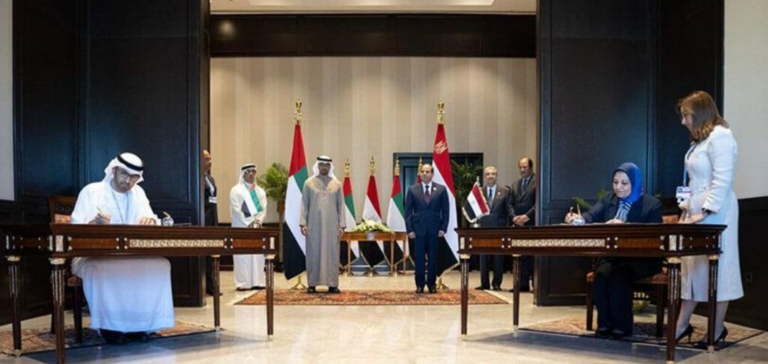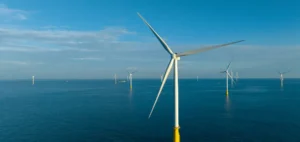Egypt and the United Arab Emirates (UAE) are looking to develop one of the world’s largest onshore wind projects in Egypt.
An Egyptian initiative
Located in Egypt, the 10GW project will produce 47.790GWh of clean energy per year upon completion. This contract is expected to reduce the country’s emissions by 9%. The agreement brings Masdar together with its joint venture with Infinity and Hassan Allam Utilities.
Mohamed Jameel al-Ramahi, CEO of Masdar says:
“With this agreement to develop our largest project, Masdar is proud to strengthen its contribution to Egypt’s renewable energy goals.”
Once completed, the wind farm would be part of the Egyptian Green Corridor initiative. A network dedicated to renewable energy projects to ensure a 42% renewable energy mix by 2035.
Reduction of CO2 emissions
The wind project would save Egypt about $5 billion in annual natural gas costs. Egypt’s total installed electrical capacity was approximately 59, GW in 2019/2020. Thus, Mohamed Mansour, President of Infinity Power, states:
“The project will save the country large amounts of natural gas, achieving economic growth, reducing carbon emissions and providing greater access to sustainable energy sources.”
In addition, in April, Masdar and Hassan Allam Utilities signed two memorandums of understanding with Egyptian-backed organizations. The objective is to cooperate in the development of 4GW renewablehydrogen production plants in the Suez Canal Economic Zone. In the first phase of this project, a renewable hydrogen manufacturing plant will be operational by 2026.





















